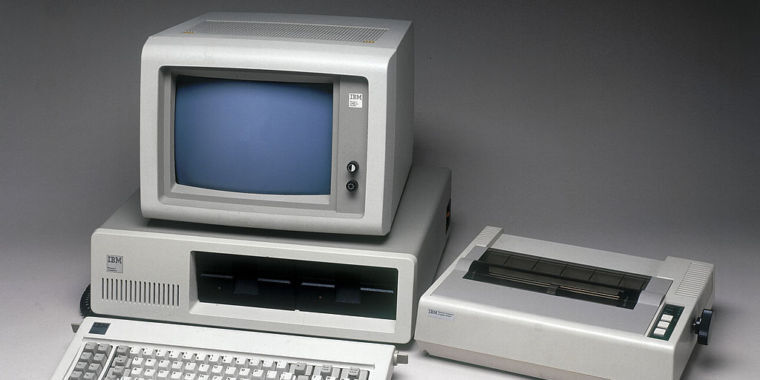Software archivist discovers and uploads a primordial version of 86-DOS::86-DOS would later be bought by Microsoft and take over the computing world.
deleted
Microsoft purchased pretty much everything they’ve ever “produced”… There was a time when the best business model possible for a good startup idea was to invest just enough time and money into it to get on the MS radar and get bought out.
Case in point why Excel and Word have such different multiple instance launching mechanisms. They were two different companies and they never completely unified how the apps work. I believe SCCM/SCOM is another one.
Did you not ever watch the movie Pirates of Silicon Valley?
well they did change it somewhat…
i heard the original creator killed himself over the deal
This is the best summary I could come up with:
Microsoft’s MS-DOS (and its IBM-branded counterpart, PC DOS) eventually became software juggernauts, powering the vast majority of PCs throughout the '80s and serving as the underpinnings of Windows throughout the '90s.
It began in mid-1980 as QDOS, or “Quick and Dirty Operating System,” the work of developer Tim Paterson at a company called Seattle Computer Products (SCP).
According to the version history available on Wikipedia, this build of 86-DOS would date back to roughly August of 1980, shortly after it lost the “QDOS” moniker.
By late 1980, SCP was sharing version 0.3x of the software with Microsoft, and by early 1981, it was being developed as the primary operating system of the then-secret IBM Personal Computer.
By the middle of 1981, roughly a year after 86-DOS began life as QDOS, Microsoft had purchased the software outright and renamed it MS-DOS.
Microsoft also retained the ability to license the software to other computer manufacturers as MS-DOS, which contributed to the rise of a market of mostly interoperable PC clones.
The original article contains 394 words, the summary contains 168 words. Saved 57%. I’m a bot and I’m open source!
So it could possibly be construed to “Microsoft’s Dirty Operating System”, yeah?
Of course M$ wanted it.
An SCP work… how apt.
deleted by creator



